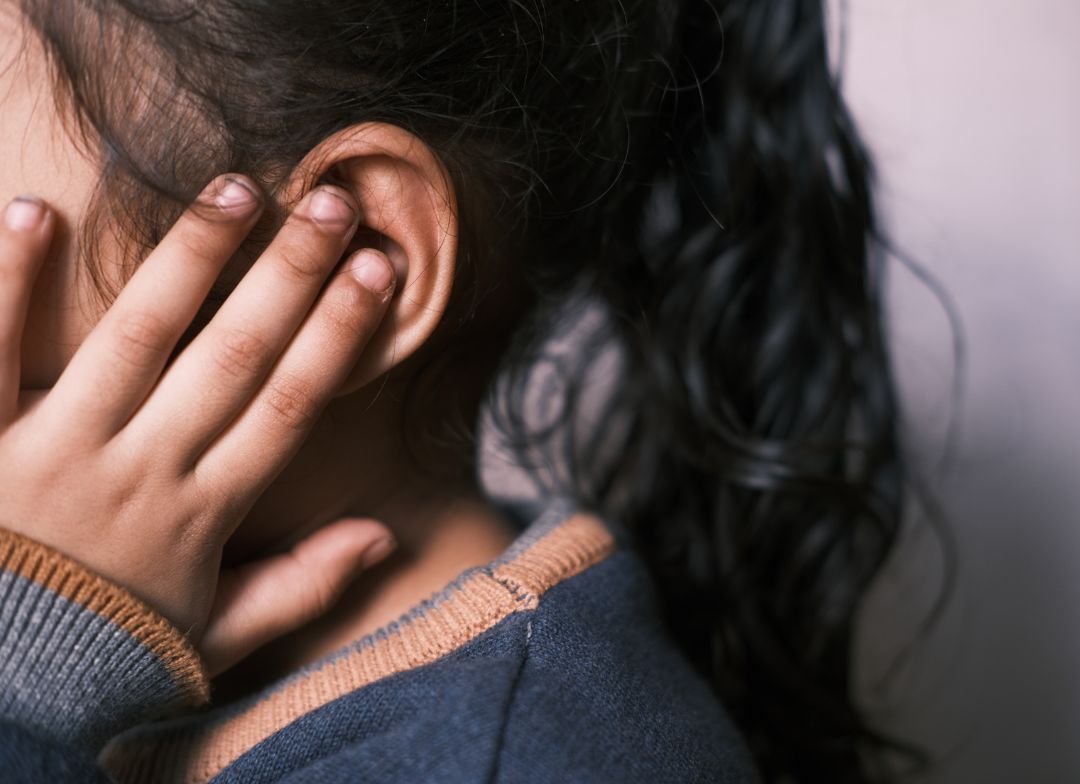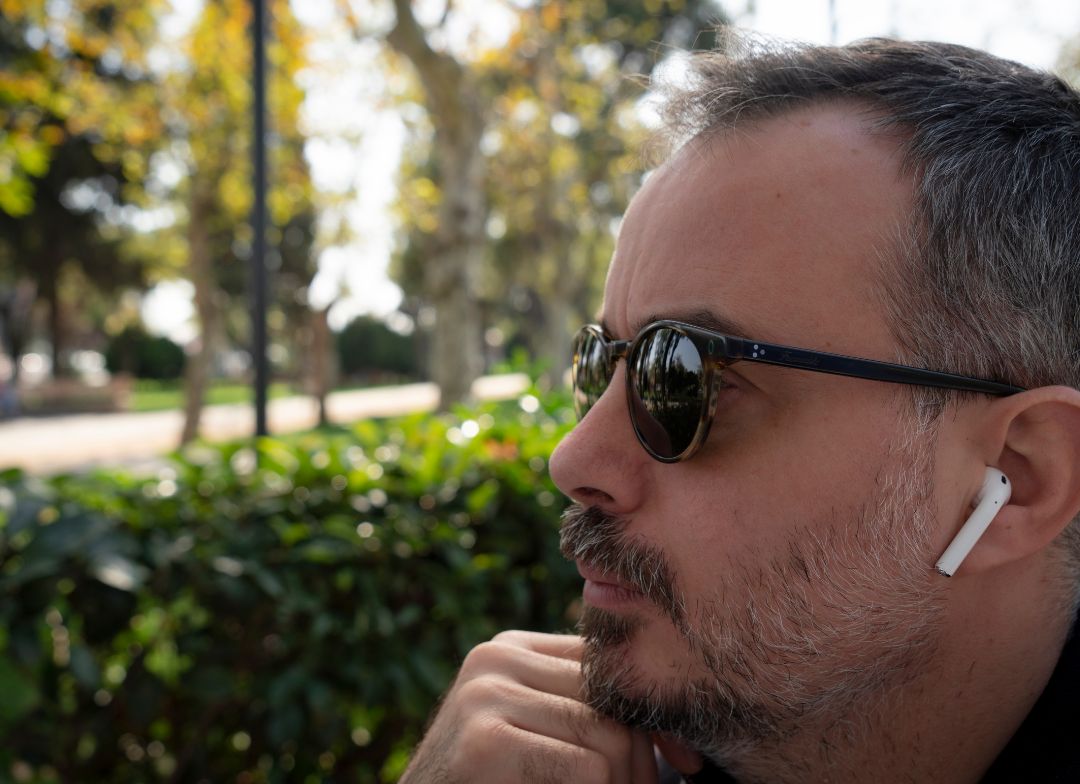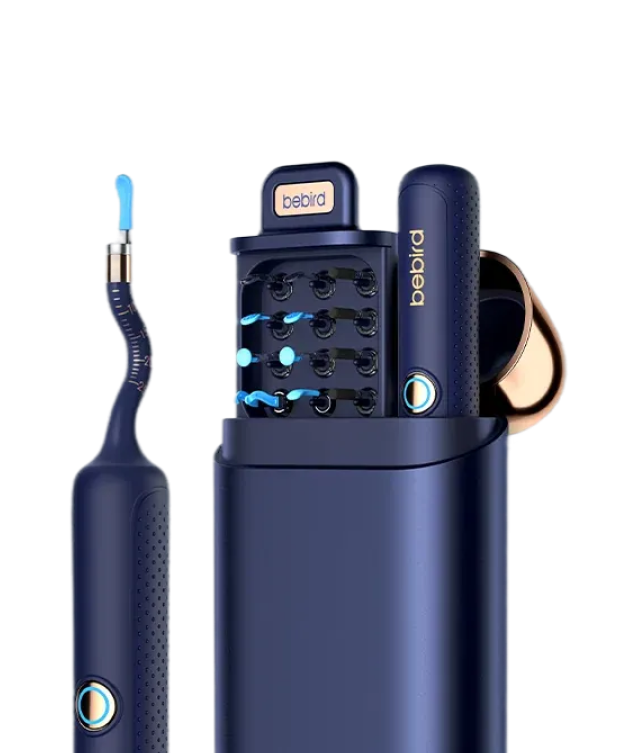Having a clogged ear can be uncomfortable. It could be caused by an ear infection, sinus infection, wax build-up, or changes in pressure. Understanding the issues, as well as some tips and tricks, will help ease the discomfort. We will discuss the reasons why ears become clogged, the duration of clogged ears, and ways to unclog them, including trusted tools such as ear wax removal kits and ear camera cleaners.
What Causes Ears to Feel Clogged?
The feeling of fullness or blockage in the ears is associated with a couple of issues:
-
Earwax Blockage: Earwax is naturally produced to trap dirt and bacteria. But if it gathers in excess, earwax can turn hard and clog the ear canal and adversely affect hearing capabilities.
-
Eustachian Tube Dysfunction: This small tube connects the middle ear to your throat. Allergies, infections, or sinus problems can block this tube, causing pressure or fullness in the ear.
-
Changes in Air Pressure: Ear Pressure changes when you fly in an airplane or go for a mountain drive. In such situations, you might feel your ears pop. Your ear adjusts, but the outside pressure changes much faster.
-
Ear Infections: Swelling often occurs with infections in the middle or outer ear due to the production of a fluid, which, in turn, gives the feeling of a clogged ear.
-
Water Trapped in the Ear: After swimming or bathing, a certain degree of water can linger in the ear canals, causing a feeling of blockage.
How Long Does It Take for Clogged Ears to Clear?
The duration of time an individual experiences clogged ears depends on the underlying cause:
-
Earwax Block: Using an earwax removal kit can provide relief within minutes. Without any treatment, it may remain clogged for days or longer.
-
Eustachian Tube Issues: These problems resolve on their own in 3-10 days, but the more serious and long-lasting issues can take a long time to resolve.
-
Change in Pressure: These problems usually resolve in a couple of minutes to a few hours after the pressure stabilizes.
-
Ear Infections: Ear infections tend to get better within 3-7 days when actively treated.
You should consider seeking medical assistance if your symptoms persist beyond a week.
What Happens If Your Ears Won’t Unblock?
Not treating a clogged ear can result in more severe consequences.
-
Hearing Loss: Although you might not realize it at first, prolonged blockage can reduce your hearing ability.
-
Pain or Pressure: Another issue is persistent discomfort or the sensation of fullness, which can hamper daily routine.
-
Infections: If there is wax or water that is stuck in the ear, it can become a breeding ground for bacteria.
-
Dizziness and Balance Issues: The inner ear aids with balance, and blockages can lead to feelings of unsteadiness.
It's never a good idea to ignore a blocked ear, particularly if the situation is worsening.

What Is the Quickest Way to Unblock an Ear?
Dealing with a clogged ear is very difficult and painful, but there are a number of safe and effective ways that you can do by yourself to unblock an ear.
Try the Yawn or Swallow Technique
The muscles surrounding your Eustachian tubes, which help in balancing air pressure in the ears, might need a little movement. For that, try to repeatedly yawn or chew gum, especially after flights or on escalators. These actions can “pop” the ear and unblock an ear.
Use a Warm Compress
If your ear blockage is due to sinus pressure or some mild infection, applying a warm compress to the side of your head will help. It improves sinus drainage and also reduces discomfort due to excess fluid, which is causing congestion.
Inhale Steam
Getting steam from a hot bowl of water or taking a shower can help get rid of ear and nose congestion. While covered with a towel, carefully inhale the steam for about 10-15 minutes; this will assist in unclogging the Eustachian tubes as well as relieve pressure.
Use a Smart Ear Cleaning Tool
When it comes to blockages due to earwax, smart earwax removal kits are among the quickest and safest methods available today. Tools like Bebird’s EarSight R1 and EarSight Pro are highly rated for their proprietary features of a built-in ear pick with camera. Now, you can view the inside of your ear through a mobile application and remove wax effortlessly and precisely.
How to Remove Earwax Blockage Fast?
An accumulation of earwax that causes a clogged ear can hinder your hearing capability as well as hinder your comfort. However, there are some quick ways to safely and easily remove earwax blockage and alleviate your discomfort at home.
Soften the Earwax First
Before anything else, you should try to soften the wax first. This can be achieved through the use of prescribed ear drops or slightly heated olive oil. Tilt your head, and put a couple of drops into the ear, then allow it to sit for five to ten minutes. By doing so, hard wax will become easier to clean out.
Rinse with Warm Water
Gently rinse your ear with warm water. Fill a bulb syringe with water and slowly squirt the warm water into your ear at an upward angle. It will help flush out loose wax from the ear canal. Gently tilting your head will allow water to drain out.
Use Quick Ear Cleaning Tools
Getting a smart ear-cleaning tool guarantees fast and accurate cleaning. Bebird has an amazing product line, including the EarSight Cleaner with Earwax Removal Kit and the EarSight Complete Ear Care Tool. These smart tools contain a high-definition ear camera as well as soft-tipped wax removal instruments that can assist quickly in tough scenarios.
The clear view feature allows for the removal of wax without the risk of pushing it further down the ear canal. These tools are perfect for individuals seeking a quick, safe, and accessible solution for managing earwax buildup at home.

When to Call a Doctor for a Clogged Ear
If your clogged ear doesn’t improve, it might be time to get expert help. You should contact a doctor if:
-
It’s been more than a week with no improvement.
-
You feel sharp pain, notice discharge, or have a fever.
-
You suddenly lose your hearing or feel dizzy.
-
You’ve tried ear wax cleaner tools, drops, and steam, but nothing helps.
Doctors can check if the problem is due to infection, wax, or other issues and provide safe treatment, like professional cleaning or medication.
Prevention Tips to Avoid Clogged Ears
Prevention is always better than treatment. Here are a few tips to help keep your ears healthy:
-
Clean Ears Gently: Never stick cotton swabs deep into your ear. Use a Bebird ear wax removal kit instead. Their tools are made for safe and smart home use.
-
Keep Ears Dry: After swimming or showering, tilt your head to let water drain out and dry the outer ear gently.
-
Avoid Loud Noise: Loud music or sound pressure can affect your inner ear and cause discomfort.
-
Protect Ears During Travel: Yawn or chew gum during flights to avoid pressure blockages.
-
Manage Allergies: If allergies block your sinuses, they can affect your ears, too. Treat allergies to reduce the chance of ear issues.
Final Thoughts
A clogged ear is more than just annoying—it can affect your comfort, your balance, and your ability to hear clearly. Thankfully, there are many fast and safe ways to treat it at home using modern tools and simple care.
Smart products like the Bebird EarSight R1, EarSight Cleaner, and EarSight Complete Kit give you control over your ear health. With features like a built-in ear pick with a camera, these devices let you clean safely and avoid injury. And if things don’t get better within a few days, a visit to the doctor can make all the difference.
Taking care of your ears now means fewer problems later—and a much clearer world to hear.
Related Reading:
A Guide to Gauge Sizes for Ears: What You Need to Know
What Is a Step in Practicing Correct Personal Hygiene?
The Top 10 Personal Hygiene Habits: Your Daily Hygiene Checklist
















Leave a comment
All comments are moderated before being published.
This site is protected by hCaptcha and the hCaptcha Privacy Policy and Terms of Service apply.